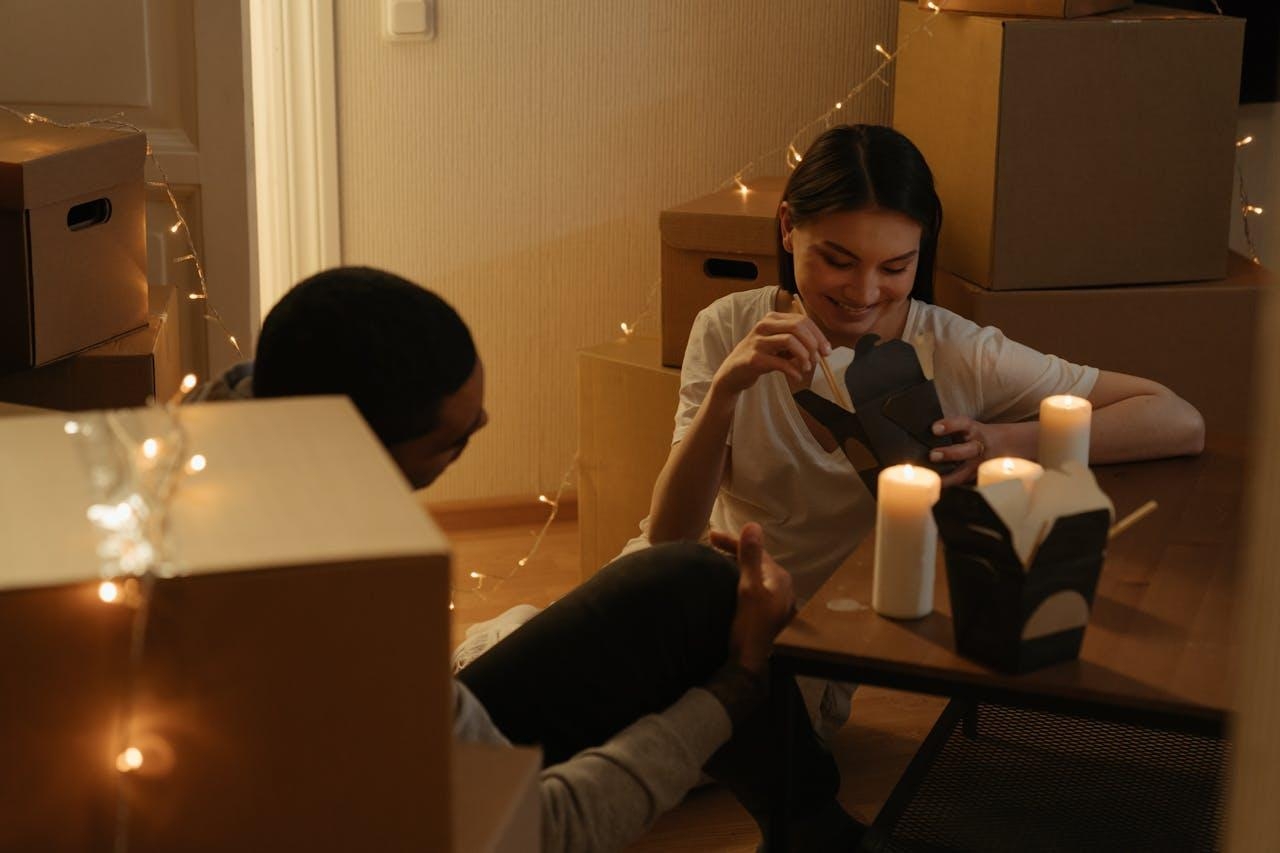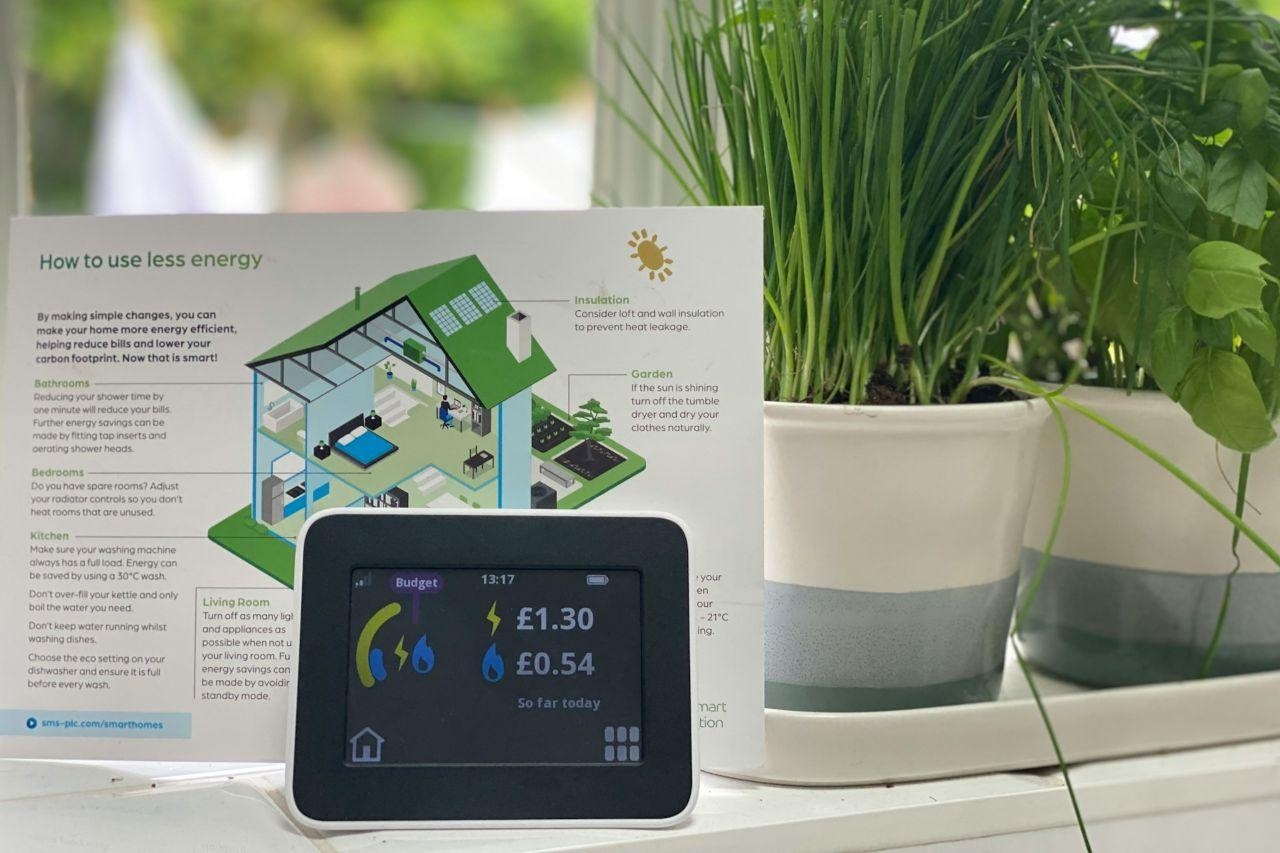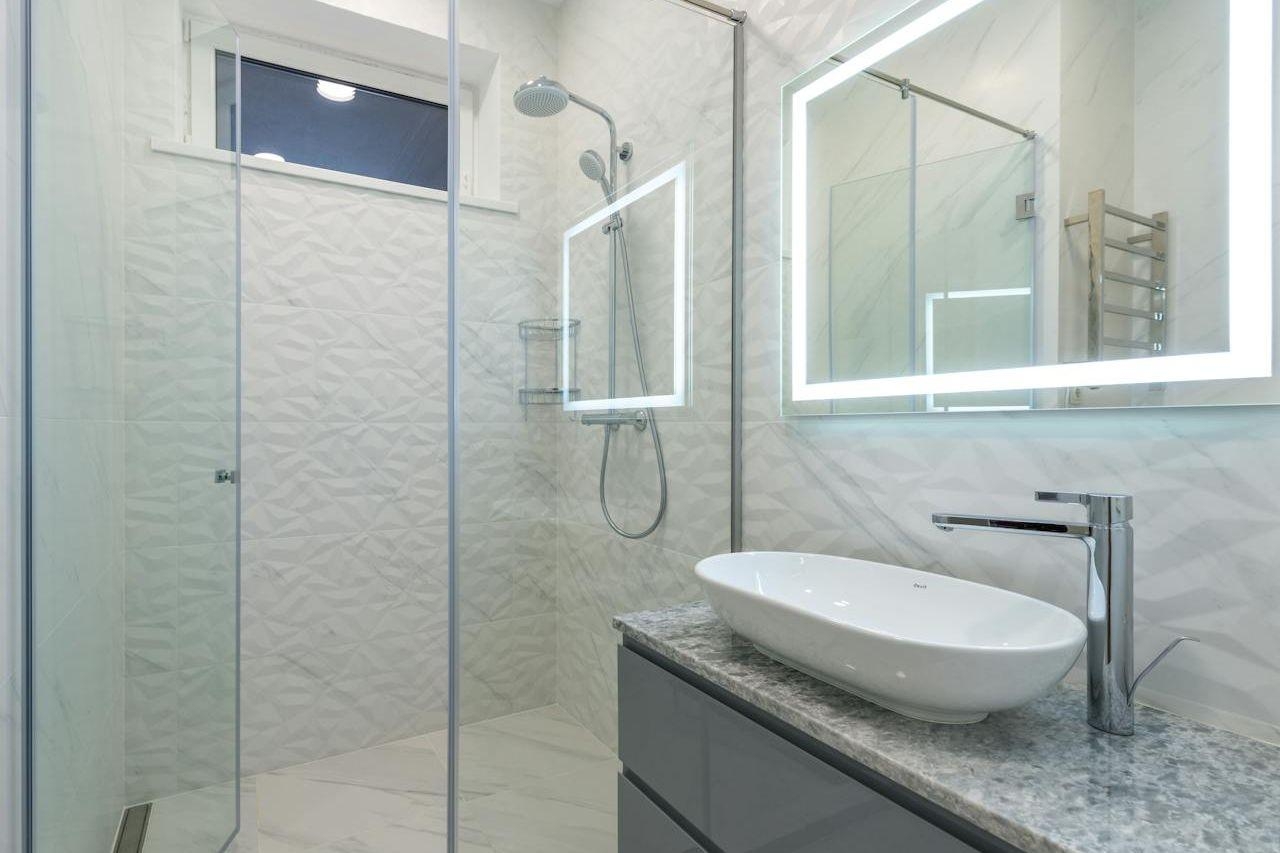
New place, new bills—sound familiar? After a move, energy costs can creep up fast, especially if your lights are stuck in the past. Old bulbs suck up power and burn out before you know it. But here’s the good news: switching to LED lighting is an easy fix. It’s quick, affordable, and cuts your energy use right away. No tools, no headaches—just pop in a better bulb. You’ll spend less each month without changing how you live.
Old bulbs are power-hungry. Incandescent and halogen lights turn most of their energy into heat, not light. That’s wasted electricity you still have to pay for. They also burn out fast—sometimes in less than a year—so you're buying replacements more often. If your home uses these outdated bulbs, those costs pile up quickly. Though better, even compact fluorescents (CFLs) still use more energy and contain some mercury. In short, the older your bulbs, the more you spend without getting much back.
According to the U.S. Department of Energy, LEDs use far less power than older bulbs—about 75% less. That means more light for less money. They also last much longer. While an old incandescent might last a year, a quality LED can shine for 10 years or more. Fewer replacements mean fewer trips to the store and more money in your pocket over time.
Another reason switching to LED lighting makes sense is comfort. LEDs don’t get hot like traditional bulbs, so your rooms stay cooler, which is especially helpful in warmer months. They’re also available in various brightness levels and colors to match the light to any mood or space. Whether you want a soft glow in the bedroom or a bright light in the kitchen, there is an LED that can provide just that.

Reducing energy costs goes beyond just turning off lights when you leave a room—it’s increasingly becoming a broader, community-driven movement. Washington, D.C., is at the forefront with its ambitious $309 million Smart Street Lighting Project, which involves replacing over 75,000 streetlights with energy-efficient LED fixtures. This upgrade will slash the city's energy use by 50% and cut greenhouse gas emissions by 38,000 tons annually.
As D.C. continues to modernize its infrastructure, this large-scale shift serves as a powerful example of what’s possible on an individual level. Therefore, if you plan on moving into a new home in Washington, D.C., it's a prime opportunity to make it more eco-friendly by choosing smart, energy-saving solutions like LED lighting. Beyond lowering your utility bills, these upgrades help reduce your environmental footprint and align your lifestyle with the city’s forward-thinking approach to sustainability. These simple yet impactful steps can make your transition to a new home part of a larger, greener movement.
A good place to start is with the lights you use—think kitchen, bathroom, hallway, and living room. These fixtures are on for hours daily, so swapping them first gives you the biggest savings. Don’t forget outdoor lights, especially if they stay on overnight. Look for bulbs with the same brightness as your old ones, measured in lumens, not watts. For better performance, choose options with the ENERGY STAR label—they meet quality and efficiency standards that save you more in the long run.
Switching to LEDs is more than just a quick fix—it’s a long-term savings strategy. By replacing just five of the most-used bulbs in your home with LEDs, you could save around $75 per year on your energy bills. It might not seem like much initially, but consider this: the savings multiply if you have more bulbs or larger spaces. In truth, many households save hundreds of dollars annually just by switching. Over several years, those small savings turn into a significant amount.
Plus, since LEDs last much longer than traditional bulbs, you’ll spend less on replacements, sometimes up to 25 times less. That means fewer trips to the store and even more savings. You get better lighting, lower bills, and less waste, all with one simple change.

Consider using smart features to get the most out of your LED lights. Install timers or smart plugs to turn lights off when you don’t need them automatically. Dimmers can help you reduce brightness and cut power use, especially in living rooms or bedrooms. Motion sensors are great for hallways or outdoor areas—lights only turn on when you need them. For even more control, choose LEDs with adjustable color temperature or brightness to match the mood or task. Small changes like these can boost your savings without extra effort.
Despite switching to LED lighting, some common myths hold people back despite its ease and affordability. Let’s clear up a few of them:
● LEDs are too expensive: They cost more initially, but save you much more over time.
● LEDs don’t provide warm light: Many soft, warm LED options are available.
● LEDs are hard to find: LEDs are everywhere now, in stores and online.
● LEDs don’t last as long as promised: Quality LEDs can last 25 times longer than regular bulbs.
Don’t let these myths stop you. The truth is that switching to LED is simple, affordable, and pays off quickly.
Switching to LED lighting doesn’t have to happen all at once. Start with the rooms you use the most and focus on replacing the bulbs on the longest. Be sure to choose LEDs that match the brightness you need.
As old bulbs burn out, replace them with LEDs, room by room. This gradual approach helps spread out the cost and lets you track your energy savings. Before you know it, your home will be more efficient without the hassle of doing everything simultaneously.

Switching to energy-efficient lighting is one of the easiest ways to start saving money in your new home. By switching to LED lighting, you’re not just reducing your energy bills now, but you’re also investing in long-term savings. The best part? It’s a simple change that requires no major adjustments to your daily routine. With lower bills, fewer bulb replacements, and more efficient lighting, you’ll continue to reap the rewards month after month. It’s a small change that makes a big difference, keeping your home brighter and your wallet fuller.